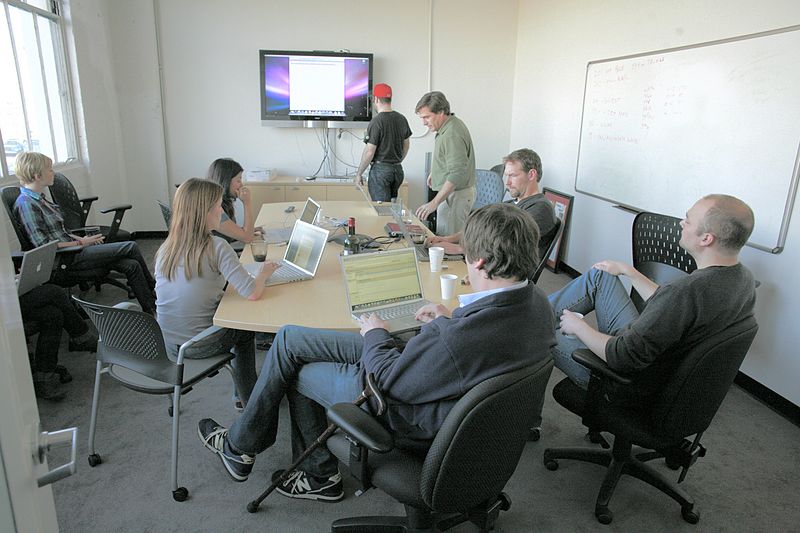Let’s be honest – few people out there enjoy office meetings. They can be difficult to navigate through at the best of times, yet are necessary to keep things on track and everyone reading from the same page.
In an ideal world, we wouldn’t need them. But, business life is far from ideal, as we all know. So, the solution lies in how you make your meetings more productive.
We’re going to take a look at a few ways of doing that right now. Read on to find out more.
All meetings should have a purpose
First of all, are you meeting just for the sake of it? Dragging people away from their jobs means no one is doing any work. So, avoid catch-up sessions and habitual meetings as much as possible.
There has to be a reason for that meeting to take place – discussing what has happened in the week previous is not enough.
The perfect meeting has a goal, establishes that goal, and then ends. It’s as simple as that – and you will find people are much more receptive to your aims.
There must be a focal point
There should be two types of focus in a meeting. The first should be the goal you have already established. The second should be making sure you have something at the center of attention.
It could be a person – you or the meeting leader, for example. Or, it could be an inanimate object such as some presentation software or A3 noticeboards. The point is, having something that focuses on people will help everyone stay on topic.
It’s so easy for meetings to slip into something irrelevant, and things can quickly start running away from you.
Everyone should have a task
By the end of the meeting, everyone in the room should have a new task they need to complete. If they don’t, they should not have been there in the first place.
Taking this step is a great way of sharpening your attendee list, and over time, you will become much better at planning your meetings in advance. It works on two levels.
First of all, it doesn’t waste anyone’s time. Secondly, it won’t leave anyone feeling that they aren’t contributing to your business.
Have a time frame
It’s so easy for meetings to turn into time-consuming nightmares. And, once everything gets out of control, it can be difficult to get things back on track, and you end up wasting two or three times the amount of time you need.
One of the best ways of avoiding these issues is to set a time limit – and stick to it. Nothing will focus your mind more than watching the clock tick down while the staff is talking about the money they lost in the vending machine.

Flexible agendas
Although it’s important to have a goal, it’s essential that you also keep the meeting flexible. If conversations come up that aren’t related to your original goal but are still relevant to the task, give yourself permission to go off-topic for a bit and explore them. By doing this, you can discover unforeseen solutions or ideas that can help you move forward.
You need to find the right balance between having a set agenda and embracing the unexpected. Otherwise, you end up with a meeting that is slow, boring, and completely unproductive.
Follow up on decisions
Make sure you follow up afterward. It’s easy to forget about the agreement made in the meeting – but if it’s forgotten, then nothing changes!
Send out an email summarizing everything that was discussed and agreed upon during your meeting as soon as possible following its conclusion.
This way everyone has something to refer back to when they’re trying to complete their assigned tasks.
Be prepared for future meetings
By preparing properly for your next meeting, you can make sure that it doesn’t become a waste of time. Make a list of items to cover and any resources you need so that everyone is heading in the right direction.
Finally, allow yourself plenty of time to review all documents – or whatever else needs reviewing – before the next meeting takes place. You don’t want anything coming up unexpectedly and throwing you off track!
Experimenting new ideas
Experimenting and approaches to how you conduct your meetings is a great way to see what works best for you. Taking the time to find out what works will pay off in the long run – so don’t be afraid to try something new!
Be aware of the different personalities in the room, and try to make sure that everyone is included. This could mean giving people an opportunity to contribute or allowing them to take a break if they need it.
Takeaway
Meetings are essential for successful businesses, but they can easily become unproductive.
To ensure productive meetings, make sure that everyone has a task, keep the agenda flexible, and follow up afterward.
Additionally, be sure to experiment with new ideas and approaches to see what works best for you.
With these tips in mind, you should be able to create productive meetings that are both efficient and effective!
















